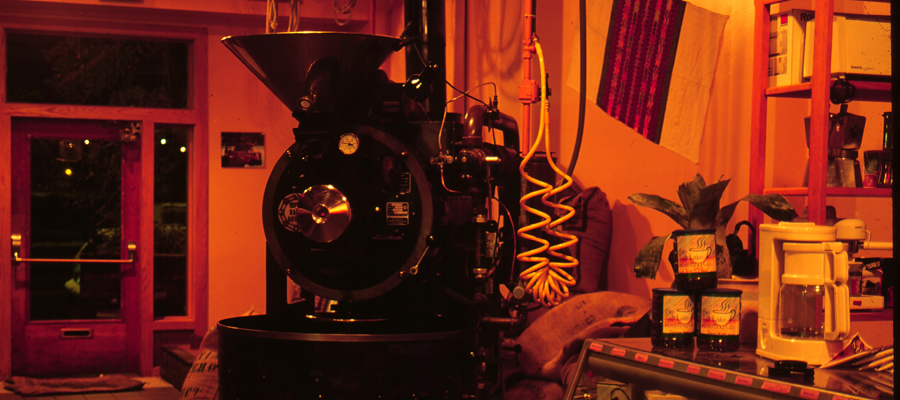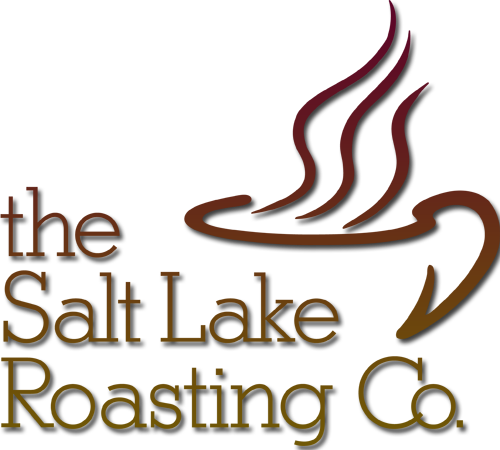Brew it Right

Welcome to Brewing 101: How To Make Great Coffee
Knowing where your coffee comes from, as well as how it is roasted are major contributors to understanding how your coffee will taste. Here are some of our simple "rules of the bean" to keep you and your taste buds in the know!
Grow It Right:
Soil should be: rich, loamy and usually volcanic.
Climate:
over 70" of annual rainfall with indirect sunlight from cloud cover or shade trees
Altitude:
higher elevations and cool night temperatures-the finest 'strictly hard bean' coffees (a Central American designation) have matured slowly to develop subtle depth of flavor.
Planting: use of traditional coffee rootstocks that are carefully pruned and nourished.
Harvest:
much love, work and attention.
Buy It Right:
We purchase only arabica coffee. The alternative, robusta, is inexpensive and much more readily available. However, robusta beans never develop a complex, elegant flavor. From the higher quality arabica coffees, we taste test hundreds of samples and bring the finest to you.
Roast It Right:
Having the world's best beans doesn't mean beans unless they are roasted correctly. That's why we roast all of our coffees daily on the premises in custom batches. The degree to which the coffee is roasted is also critical. Our choice is just a hint past 'full city' for all roasts excepting the darker varieties.
Brew It Right:
Begin with water that is cool, fresh, and clear.
Always use high-quality coffee that has been recently roasted.
Grind coffee just before brewing, making sure the grind corresponds to the method of brewing. (We recommend two tablespoons to every eight ounces or one cup of water.)
Bring water just to boiling-195 to 205 degrees.
Make sure your brewing equipment is clean.
Measure coffee and water accurately: do not guess.
Serve immediately-good coffee is unbeatable but never reheatable!
Selecting:
It's a must to use the freshest beans possible- the most recently roasted. If your select roast is whole bean, grind the amount needed just prior to brewing. Don't guess on the amount of coffee or water, measure accurately.
Brewing:
Is your coffee maker clean? It doesn't make any sense at all to use pure cold water and freshly roasted gourmet coffee if it's destiny is a murky coffee container! The acceptable temperature for the water during the brew process is between 195ƒ to 205ƒ. Never boil the water or the coffee!
Storing
At home you should store your coffee beans or grounds in an airtight container at cool room temperature. Avoid direct sunlight. If you plan on purchasing enough coffee to last you a while (more than a two week supply), you should divide the beans into 2 week supply units and store all but what you are currently planning to use in double zip-lock bags in the freezer. Try to extract as much air from the bag as possible. Oxidation of the beans causes the natural oils to become rancid - producing very unfavorable flavor when you brew.
Whole beans and ground coffee alike will lose their flavor and rich oils if they are constantly transferred from one temperature to another. Once you have taken beans out of the freezer long enough for them to adjust to room temperature, do not attempt to re-freeze them. Re-freezing beans that have been out even for a few minutes creates condensation in the storage container. This moisture actually gives the beans a rubbery texture and robs them of their rich, natural flavor. Contrary to what you may have heard elsewhere, we also advise that you do not store coffee in the refrigerator. The high humidity in a refrigerator is another source of moisture which will rubberize your beans, and dull their flavors.
Enjoy!
Above all else, we advise that you take the time to seriously enjoy the full rich flavor that a cup of gourmet roasted coffee offers. Your satisfaction is our ultimate goal.
©2011 The Salt Lake Roasting Co. | Privacy Policy | Ngst Media

